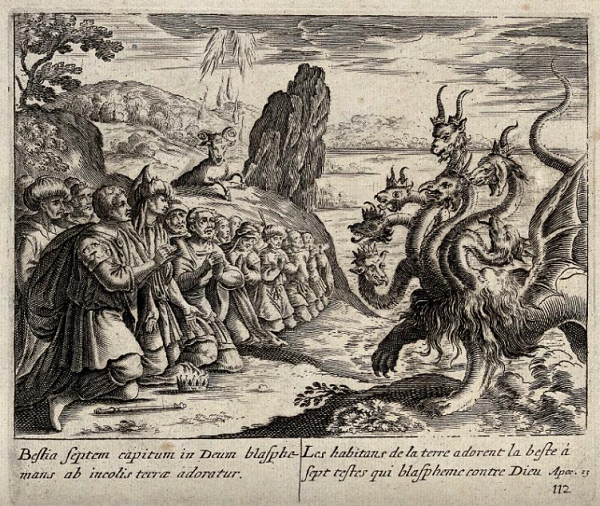July 15, 2001.
One method of interpreting the book of Revelation is called the “spiritual,” “allegorical” or “idealist” method. This method sees most of the symbols of Revelation as representing spiritual truths that can be applied over and over. This view considers Revelation to be like the parable of the sower, with continuous applications throughout time. A parable says, “The kingdom of heaven is like…” But, predictive prophecy says, “It shall come to pass.”
All would agree that Revelation includes many general spiritual truths relating to the great battle of good vs. evil, Christ vs. Satan. However, the evidence shows that Revelation is more than that. It contains real prophecies, in the normal sense of the term: predictions of specific events at specific times in specific places.
John was instructed: “Write… the things which are, and the things which shall be hereafter” (1:19). “Things which are” indicates current conditions in 96 A.D. “Things… hereafter” indicates changing future conditions. A clear example of such change is found in 17:12: “The ten horns which you saw are ten kings, which have received no kingdom as yet.” That’s predictive prophecy.
Revelation 13:2 has direct reference to the beasts of Daniel 7 when it says: “the beast which I saw was like unto a leopard… a bear, and… a lion.” Therefore, Daniel provides insight on how to interpret Revelation’s beasts. Daniel 7:23 says, “The fourth beast shall be the fourth kingdom upon earth.” A specific empire at a specific time in history. Certainly this is a divine key to interpreting Revelation, as well as Daniel.
Parables serve a good purpose; so does predictive prophecy. We must know which is which if we want to handle God’s Word properly.
